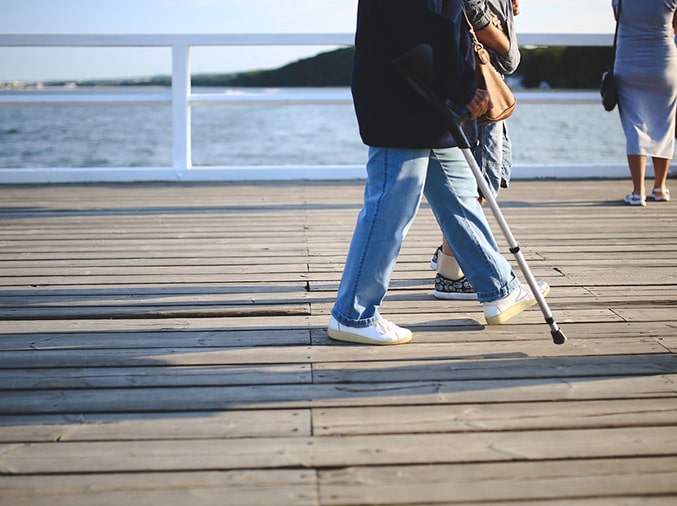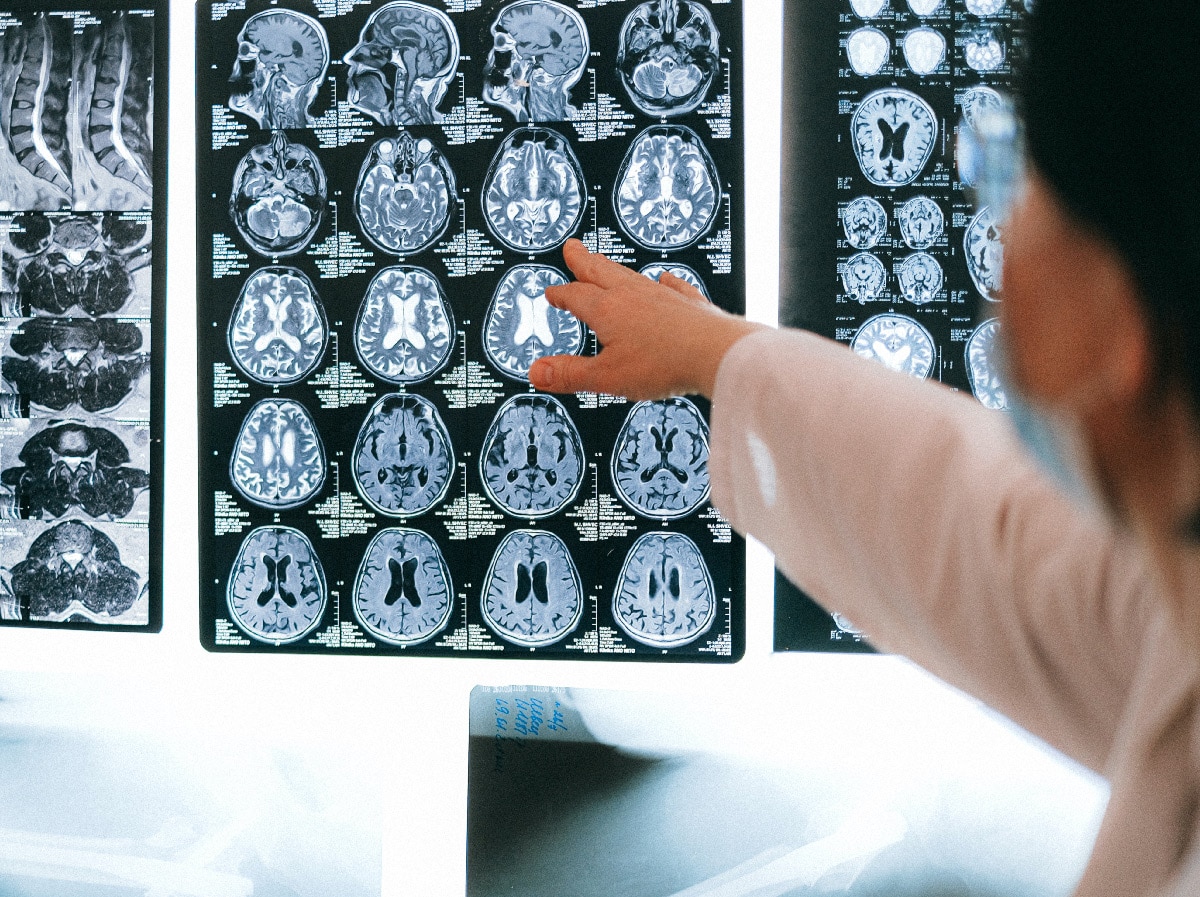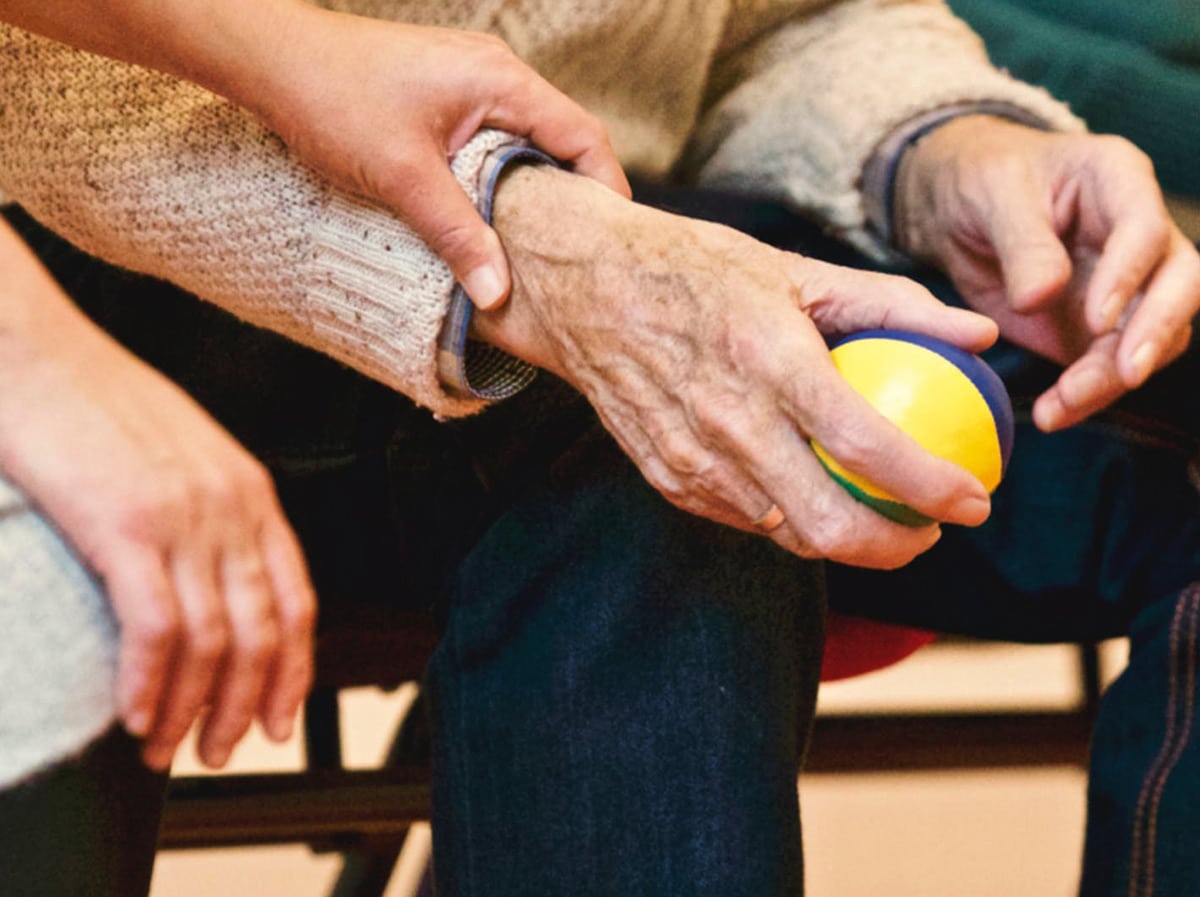5 Common Questions About Cerebral Palsy and Birth Injury

Cerebral palsy (CP) is a common birth injury that can result in lifelong difficulties. If your child or another loved one is experiencing symptoms of cerebral palsy, you likely have an abundance of questions and very few answers. At Friedman, Domiano & Smith, our cerebral palsy lawyers think you deserve answers about why you’re going through this challenge.
1. What is cerebral palsy?
Cerebral palsy is a group of disorders impacting motor ability. This can make it difficult to maintain posture, balance or even move around. Damage to the brain prior to, during or immediately following childbirth is a common cause, and the condition can remove a person’s ability to control their own muscles.
2. How did my baby get cerebral palsy?
A variety of causes can contribute to development of the condition; however, cerebral palsy can always be linked to brain damage or abnormal development. These are just a few of the causes:
- Premature birth
- Lack of fetal oxygen
- Infection during pregnancy
- Severe jaundice
- Trauma during childbirth
More than 8,000 newborns and infants develop cerebral palsy yearly. Regardless of how common the condition is, you should still find a birth injury lawyer.
3. Is cerebral palsy genetic?
Technically, cerebral palsy isn’t genetic. Only about 1 percent of people suffering from the condition will have a sibling who also has CP. Even 90 percent of infants with twins don’t share the condition. There are some genetic characteristics that can increase the likelihood of this type of birth injury, but there is no direct cause/effect relationship.
4. What are cerebral palsy symptoms?
There are a variety of cerebral palsy symptoms. Sadly, they sometimes take more than a year to show up. Here are just a few:
- Infant feels stiff
- Head lags when being picked up
- Doesn’t roll over after 6 months
- Overextension of back/neck
- Lopsided or lack of crawling after 10 months
Symptoms can change as a person gets older. Potential developed symptoms include mental health issues, premature aging and walking disorders. These can create problems in the workplace.
5. Are there different types of cerebral palsy?
Birth injuries can cause several types of cerebral palsy. They are:
- Spastic Cerebral Palsy: Causes stiff muscles and awkward movements.
- Dyskinetic Cerebral Palsy: Uncontrollable movements. Difficulty sitting or walking.
- Ataxic Cerebral Palsy: Balance and coordination issues.
- Mixed Cerebral Palsy: Symptoms of at least two types of CP.
If your loved one’s cerebral palsy was caused by medical negligence, you may be entitled to financial compensation. Find a Cleveland birth injury law firm that knows your rights. At Friedman, Domiano & Smith, our cerebral palsy lawyers will fight to ensure your family gets justice.
Comments are now closed



Comments